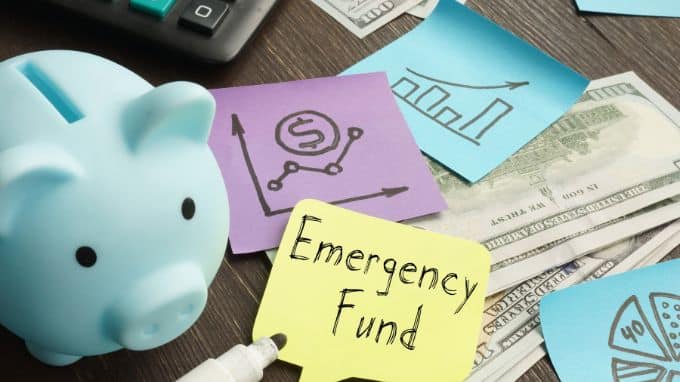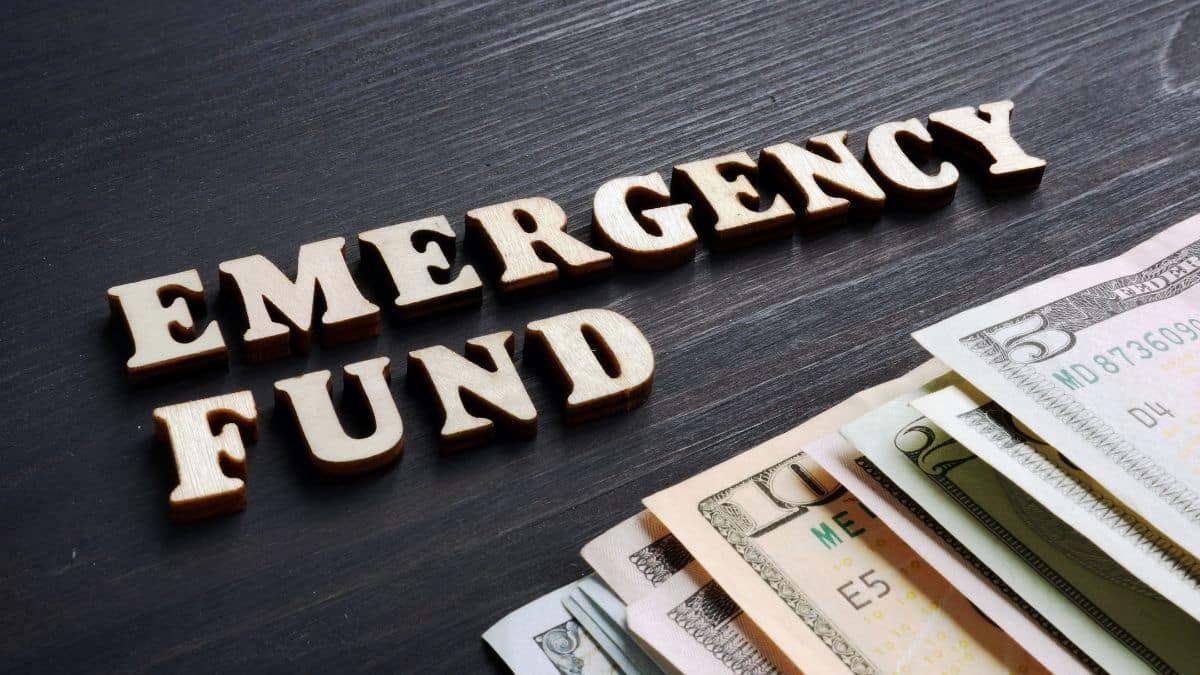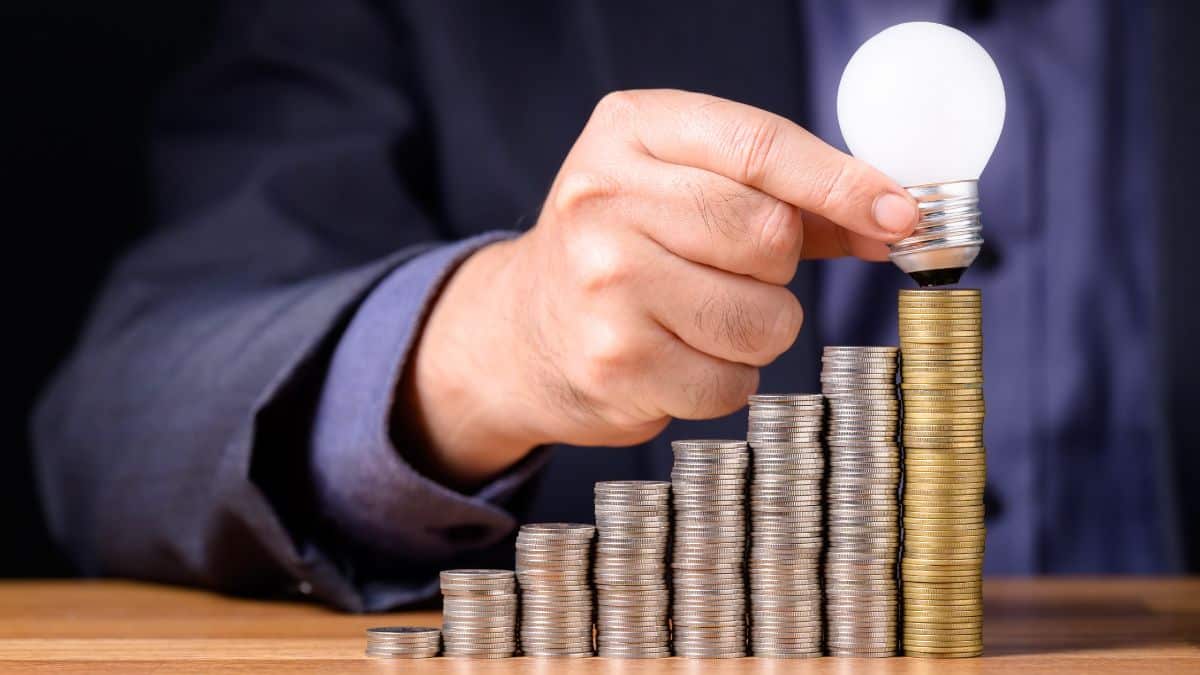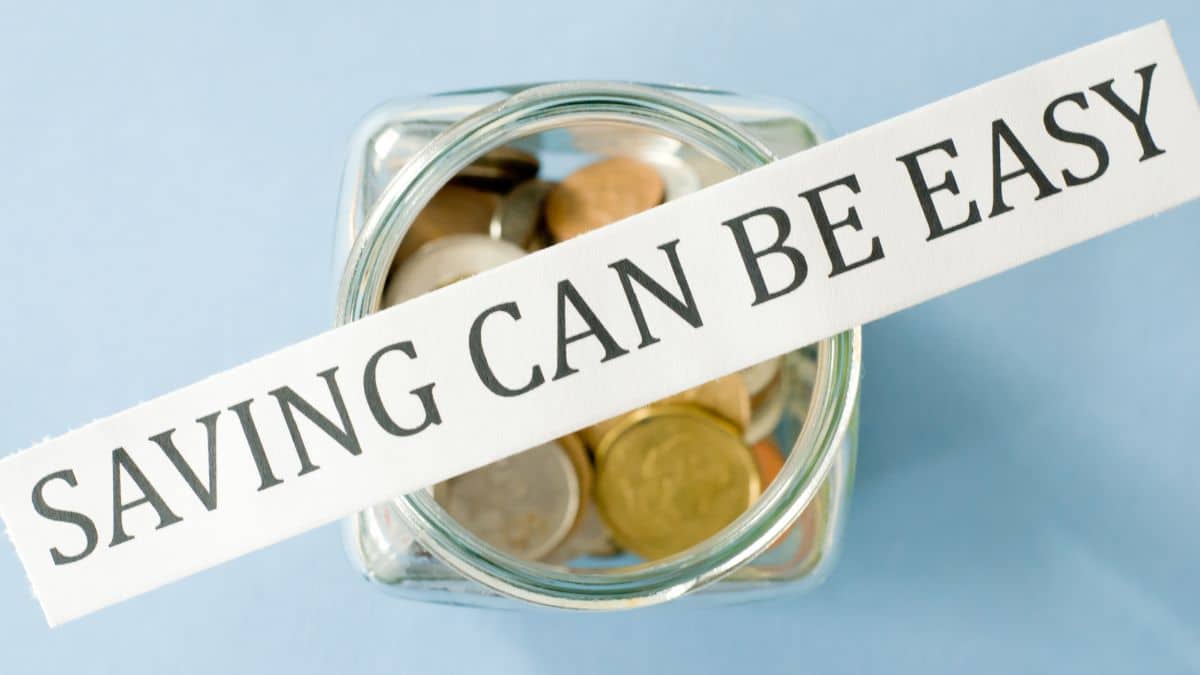Starting an Emergency Fund? Here’s What to Do First

Why an Emergency Fund Is Your Financial Safety Net
Life can be unpredictable. One minute you’re cruising along, and the next, your car needs a pricey repair, a medical bill lands in your lap, or—worst-case scenario—you’re facing a job loss. These moments are stressful enough without adding financial panic to the mix.

An emergency fund can help with that. You don’t need to use a credit card or take out a loan that will just make your stress level higher; it’s your personal safety net—a fund reserved especially for life’s “what-ifs.” Just a reassuring, silent buffer that lets you know you’re capable.
Don’t worry if starting over feels hard. It’s never too late, and you aren’t alone. You can start making an emergency fund that gives you long-term money safety and peace by taking a few steps.
The True Value of Having an Emergency Fund
When life throws you a curveball, your emergency fund is there to help. Think of it as your financial first aid kit. Whether it’s an unexpected car fix, a surprise medical bill, or a leaky roof, having that extra money helps you handle it without draining your savings, using your retirement funds, or piling up credit card debt.
An emergency fund is one of the best ways to stay financially safe, says the Consumer Financial Protection Bureau, and they’re right. NerdWallet also stresses how key it is, especially if you’re in debt. The last thing you want in a crisis is to take on more debt and sink deeper.
Whether it’s car trouble, medical bills, or surprise home repairs, this fund gives you the breathing room to handle life’s curveballs without derailing your bigger goals.
How Much Should You Save? Let’s Find Your Magic Number
You’ve probably heard the rule of thumb: save three to six months’ worth of living expenses. That’s solid advice—but it’s not one-size-fits-all.
Your ideal emergency fund goal depends on your unique life. Do you have kids? A single source of income? Work freelance or have a stable salary? These factors all play a role in how much you should set aside.
Here’s how to figure it out:
Step-by-Step to Your Savings Goal:
- List your essential monthly expenses – Think: rent or mortgage, utilities, groceries, insurance, and debt payments.
- Multiply that total by the number of months you want to cover (start with 3, aim for 6 if possible).
And voilà—you’ve got a target that’s custom-built for your life.

Start Small: Tiny Wins Add Up Fast
If you’re staring at that big number and thinking, “There’s no way,” let’s take a deep breath. You don’t have to save thousands overnight. In fact, starting small is exactly how most people succeed.
Break it down into manageable milestones. Aim for $100 first, then $250, then $500. That will cover a vet visit or bill without ruining your budget.
Once you hit your first goal, move on to the next one: maybe $1,000, or one full month of expenses. Each small win builds confidence—and more importantly, momentum.
For a tip:
- Set that first mini-goal ($500 is a great start)
- Celebrate hitting it (seriously—treat yourself to something small)
- Use that momentum to keep going
Achieving small savings goals early on makes it easier to stay motivated. And when you’re motivated, you’re more likely to stick with it.
Build a Budget That Works (Not One That Feels Like a Chore)
A budget isn’t about restriction—it’s about clarity. It’s a tool to help you see where your money is going and find opportunities to funnel a bit more into your emergency fund.
Here’s how to get started:
Your Simple Budgeting Plan:
- Track your income: Know exactly what’s coming in each month.
- List your expenses: Break them into essentials (rent, bills, groceries) and non-essentials (subscriptions, eating out).
- Identify room to cut back: Can you pause a streaming service? Pack lunch twice a week instead of eating out?
- Redirect those savings into your emergency fund.
There are many free budget apps like Mint, YNAB, and EveryDollar to help you start without stress.
Read more: Top 8 Budgeting Apps of 2025
Make Saving Easy—So You Don’t Have to Worry About It
Let’s face it—saving money each month sounds good, but it’s easy to forget. We are all busy. That’s why setting up auto savings is a great idea.
By setting up auto moves from your checking to your savings, you take the effort and choice out of it. It becomes just another bill you pay—except this one pays you in peace of mind.
Start with what you can afford: $10, $25, $50. Set it and forget it. Over time, those small, consistent contributions will grow.
Many banks and financial apps allow you to schedule recurring transfers that line up with your payday. It’s a simple, effective way to keep your savings goals moving forward—even when life gets chaotic.

Choose the Best Place to Keep Your Emergency Fund
Where you park your emergency fund matters. You want it to be easy to access in a pinch—but not too easy, or you might be tempted to dip into it for non-emergencies.
A high-yield savings account (HYSA) is a great choice. It’s safe, earns interest, and gives you quick access when you need it most.
According to NerdWallet, some of the top HYSAs are offering interest rates around 4.66% APY right now—which means your money can actually grow while it sits there, waiting for that “just in case” moment.
Here’s what to look for in a good account:
- Easy access (but not too easy)
- Competitive interest rate
- No sneaky fees or high minimums
Balancing Debt and Saving: Yes, You Can Do Both
If you owe money, saving might seem hard. But here’s the truth: even a small rainy-day fund can help you avoid more debt later.
It’s all about finding balance. You don’t have to choose between paying off debt and saving for emergencies. In fact, doing both wisely can make your money life stronger quicker than focusing on one alone.
Try this approach:
- Save a starter fund of $500–$1,000. This covers small emergencies without reaching for a credit card.
- Tackle your high-interest debt (think: credit cards) with any extra cash.
- Once the big debt is under control, shift more focus to growing your emergency fund.
This balanced strategy is endorsed by financial pros because it gives you both security and momentum.
Bottom Line: You’ve Got This
Building money for emergencies from nothing is hard—but you can do it, no matter where you start. It’s not about being perfect. It’s about being ready.
Start small, stay on track, and cheer for wins along the way. Use tools like budget apps, auto-save, and high-interest savings to make it easier.
Most of all, know that each dollar saved is a step toward calm, freedom, and being steady with money. That’s worth working for.
Bonus Tip: Use Money Apps to Stay on Track
Apps like Chime, Ally, Qapital, and Rocket Money help you budget, save without trying, and watch your progress—all from your phone. Try out what works for you and use tech to keep yourself on track.
FAQs
Q: What is an emergency fund and why is it important?
An emergency fund is a dedicated savings account used to cover unexpected expenses like medical bills, car repairs, or job loss. It helps you avoid high-interest debt and provides financial peace of mind.
Q: How much should I have in my emergency fund?
Experts recommend saving 3–6 months’ worth of essential living expenses. However, starting with a smaller goal like $500 or $1,000 is a great first step.
Q: How can I start building an emergency fund with limited income?
Start small and save consistently. Automate transfers, cut non-essential expenses, and celebrate each milestone. Even $10 a week adds up over time.
Q: Where should I keep my emergency fund?
A high-yield savings account (HYSA) is ideal. It keeps your money safe, easily accessible, and earning interest while you’re not using it.
Q: Should I prioritize saving or paying off debt first?
Do both in balance. Save a small emergency fund ($500–$1,000), then focus on high-interest debt. Once debt is manageable, grow your savings further.
Q: Can financial apps help me build an emergency fund?
Yes! Budgeting and savings apps like Chime, Qapital, and Rocket Money can help automate savings and track your progress with minimal effort.
Q: How long does it take to build an emergency fund?
It depends on your income and expenses, but consistency is key. Many people reach their first $1,000 in a few months with small, regular contributions.





